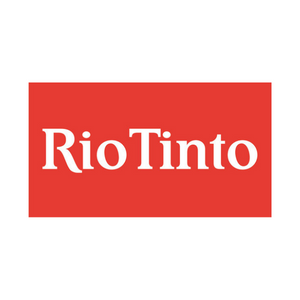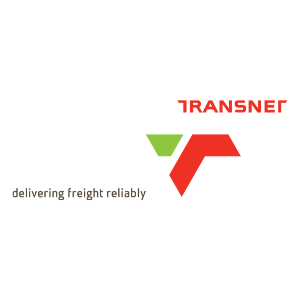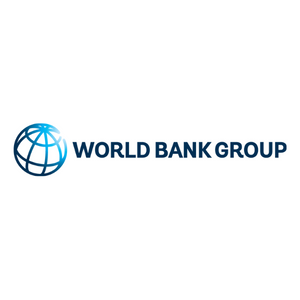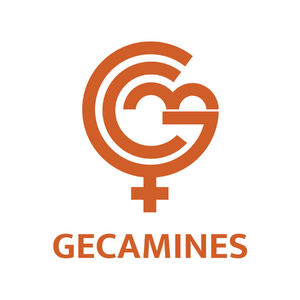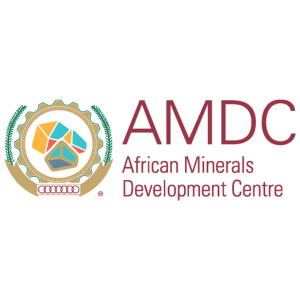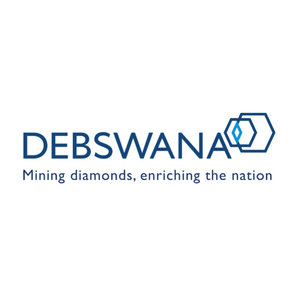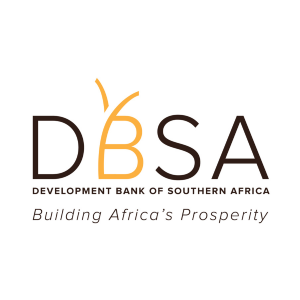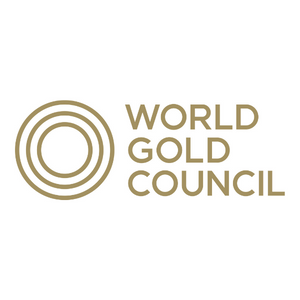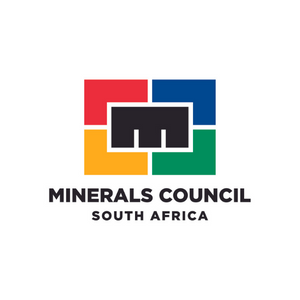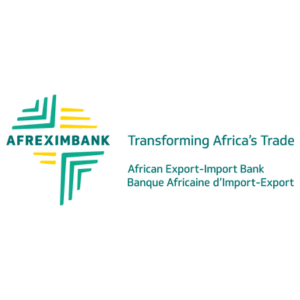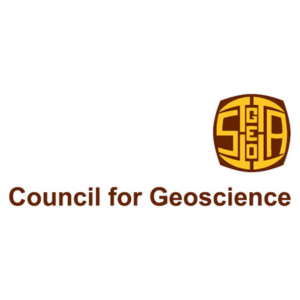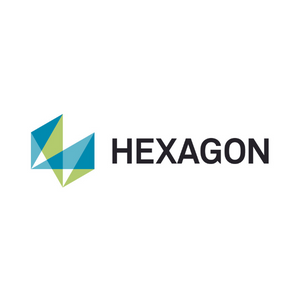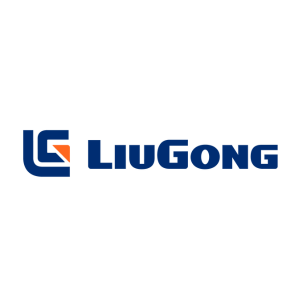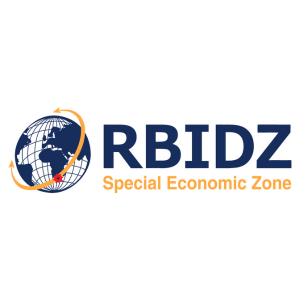Climate change presents a fundamental challenge in the coming decades.
For the mining industry, like any other carbon resource industry, this means supplying the raw materials that a growing population requires in as sustainable way as possible while at the same time supporting the just transition towards a low-carbon future.
For the mining industry, climate change and the need for a low energy transition that it is driving, are a double-edged sword. On the one hand the industry is under increasing pressure to mitigate its climate impact, whilst on the other hand the surge in demand for renewable energy and sustainable technologies will boost the demand for minerals.
When it comes to change in any industry, finance is at its heart and with an asset intensive industry such as mining that is an even more pressing issue. Two years ago, this was acknowledged by the World Bank when it published The Growing Role of Minerals and Metals for a Low Carbon Future. That report declared that moving to a lower-carbon future will see a significant increase in the demand for several key minerals and metals to manufacture cleaner energy technologies. In other words, the clean energy transition will be significantly mineral intensive.
Based on climate and technology scenarios developed out of the International Energy Agency’s (IEA) Energy Technology Perspective, the Bank developed a set of commodities demand projections up to 2050. They concluded that the shift away from a dependence on fossil fuels especially in developed nations to low carbon energy technology will produce global opportunities with respect to several minerals. The Latin American region (Chile, Brazil, Peru, Argentina, and potentially Bolivia) is in an excellent position to supply the global climate-friendly energy transition. The region has a key strategic advantage in copper, iron ore, silver, lithium, aluminium, nickel, manganese, and zinc. Africa, with its reserves in platinum, manganese, bauxite, and chromium, should also serve as a burgeoning market for these resources.
Support from the World Bank
One problem that is facing companies that are looking to invest in sustainable technologies is securing the finance necessary. Overcoming that challenge is the rationale behind the World Bank’s Climate-Smart Mining Facility that it launched earlier this year. It is the first-ever fund dedicated to making mining for minerals climate-smart and sustainable. The facility will support the sustainable extraction and processing of minerals and metals used in clean energy technologies, such as wind, solar power, and batteries for energy storage and electric vehicles. It focuses on helping resource-rich developing countries benefit from the increasing demand for minerals and metals, while ensuring the mining sector is managed in a way that minimises the environmental and climate footprint.
The multi-donor trust fund will work with developing countries and emerging economies to implement sustainable and responsible strategies and practices across the mineral value chain. “The World Bank supports a low-carbon transition where mining is climate-smart and value chains are sustainable and green,” Riccardo Puliti, senior director and head of the energy and extractives global practice at the World Bank, said. “Developing countries can play a leading role in this transition: developing strategic minerals in a way that respects communities, ecosystems and the environment. Countries with strategic minerals have a real opportunity to benefit from the global shift to clean energy.”
A sustainable proposition
The major global mining companies are unanimous in the need to ensure that their operations are environmentally friendly, although they disagree on how far their responsibilities lie. BHP has been talking about the industry’s need to look at so called scope three emissions – these are the emissions generated by people who use the products that they mine.
Speaking at the Financial Times' Climate for Change conference in London earlier this year, BHP chief executive officer, Andrew Mackenzie explained that the company has been setting targets since the 1990’s to reduce greenhouse gases from its operations. 2017’s emissions were below those in 2006 and it has set a new target to cap 2022 at 2017 levels. “Our long-term goal is to achieve net zero emissions from our own operations,” he said. “Next year we will set a medium-term, science-based target for the decarbonisation of BHP operations, which will reflect the goals of the Paris Agreement.
“And we won’t stop at the mine gate, we will also increase our focus on scope 3 emissions. These emissions are generated as customers transport, transform and use our products to serve the needs of billions of people and they are almost forty times higher than the emissions from our own operations.”
As part of the strategy, BHP announced a $400 million Climate Investment Programme to reduce Scope 1, 2 and 3 emissions. The GHG Protocol Corporate Standard classifies a company’s GHG emissions into three ‘scopes’. Scope 1 emissions are direct emissions from owned or controlled sources. Scope 2 emissions are indirect emissions from the generation of purchased energy. Scope 3 emissions are all indirect emissions that are not included in scope 2 that occur in the value chain of the reporting company, including both upstream and downstream emissions. “Over the next five years this programme will scale-up low emissions technologies that decarbonise our operations. It will drive investment in nature-based solutions and encourage further collective action on scope 3 emissions. Commercial success of these investments will breed ambition and create more innovative partnerships to respond collectively to the climate challenge.”
Another major player that is pushing the sustainability agenda is Anglo American. “Our purpose to re-imagine mining to improve people’s lives is at the heart of everything we do as a business,” Mark Cutifani chief executive, Anglo American said. “Combined with our values and guiding our strategy, it is the context against which we consider the defining challenges of our era, including climate change. It is how we start to answer the question of what our contribution could (and should) be in the transition to a low-carbon world and how Anglo American can thrive through and beyond that transition.
“Our portfolio of world-class assets producing the right metals and minerals of the right quality to power a cleaner future, coupled with our approach to both technology and sustainability in its full sense, set us apart. Mining cannot continue its long path of simply scaling up to supply what the world needs. We need to do things dramatically differently if we are to transform our footprint and be valued by all our stakeholders. Our first responsibility is to reduce our energy and water usage, and our emissions and we are committed to doing exactly that.”
Mining Indaba 2020 will host unmissable pioneering insights and genuine thought-leading discussions with industry heavyweights from across the value chain, including climate change, sustainability and responsible sourcing for African Minerals. Below we’ve highlighted the top must-attend sessions on Wednesday 5th February taking place on the Main Stage and Intergovernmental Summit.
Main Stage - 5th February
14.00 Panel: Climate Change & Sustainability Focus
Climate change and its impacts represent a physical risk to mining operations and installations, and a broader societal risk to the communities and workforce on which mining projects rely.
Adaptation within the mining sector is needed to address the impacts of climate change that are happening now, to increase resilience to future impacts, and to enable sustainable socio-economic development.
What is the current status of - and how are mining companies responding to – growing risks including:
• Extreme weather patterns causing flood and storm damage to infrastructure
• Transport disruption affecting supply chain reliability
• GHGs from Scope 2 & 3 emissions and reduction strategies
• Increased competition for climate-sensitive resources such as water and energy
Moderator: Neil Hume, Natural Resources Editor, Financial Times
Speakers:
Froydis Cameron, Group Head of International and Government Relations, Anglo American
Mark Robinson, Executive Director, EITI International Secretariat
Simone Niven, Group Corporate Relations Executive, Rio Tinto
Intergovernmental Summit - 5th February
9:10 Keynote Interview: The Unification of Energy & Minerals Governance in South Africa: Driving a ‘Just Transition’ and Mapping out the Future
Moderator: Nola Kianza, President & CEO, Canadian Council on Africa
Speakers:
Roger Baxter, CEO, Minerals Council South Africa
Hon. Gwede Mantashe, Minister of Energy and Mineral Resources, Republic of South Africa
14:00 Panel: Public-Private Alliances for Responsible Sourcing of African Minerals
Moderator: Namrata Thapar, Global Head of Mining, IFC
Speakers:
Tyler Gillard, Manager, Sector Projects, Responsible Business Conduct Unit, Investment Division, OECD
Hon. Winston Chitando, Minister of Mines and Mining Development, Zimbabwe
Jon Samuel, Group Head of Social Performance and Engagement, Anglo American
Teng Liliang, CMO, China-Africa Development Fund
Mining 2050 Stage – 5th February
15:20 Green & Sustainable Technology
For the mining industry, climate change and the need for a low energy transition that it is driving, are a double-edged sword. On the one hand the industry is under increasing pressure to mitigate its climate impact, whilst on the other hand the surge in demand for renewable energy and sustainable technologies will boost the demand for minerals.
When it comes to change in any industry, finance is at its heart and with an asset intensive industry such as mining that is an even more pressing issue. Two years ago, this was acknowledged by the World Bank when it published The Growing Role of Minerals and Metals for a Low Carbon Future. That report declared that moving to a lower-carbon future will see a significant increase in the demand for several key minerals and metals to manufacture cleaner energy technologies. In other words, the clean energy transition will be significantly mineral intensive.
Based on climate and technology scenarios developed out of the International Energy Agency’s (IEA) Energy Technology Perspective, the Bank developed a set of commodities demand projections up to 2050. They concluded that the shift away from a dependence on fossil fuels especially in developed nations to low carbon energy technology will produce global opportunities with respect to several minerals. The Latin American region (Chile, Brazil, Peru, Argentina, and potentially Bolivia) is in an excellent position to supply the global climate-friendly energy transition. The region has a key strategic advantage in copper, iron ore, silver, lithium, aluminium, nickel, manganese, and zinc. Africa, with its reserves in platinum, manganese, bauxite, and chromium, should also serve as a burgeoning market for these resources.
Support from the World Bank
One problem that is facing companies that are looking to invest in sustainable technologies is securing the finance necessary. Overcoming that challenge is the rationale behind the World Bank’s Climate-Smart Mining Facility that it launched earlier this year. It is the first-ever fund dedicated to making mining for minerals climate-smart and sustainable. The facility will support the sustainable extraction and processing of minerals and metals used in clean energy technologies, such as wind, solar power, and batteries for energy storage and electric vehicles. It focuses on helping resource-rich developing countries benefit from the increasing demand for minerals and metals, while ensuring the mining sector is managed in a way that minimises the environmental and climate footprint.
The multi-donor trust fund will work with developing countries and emerging economies to implement sustainable and responsible strategies and practices across the mineral value chain. “The World Bank supports a low-carbon transition where mining is climate-smart and value chains are sustainable and green,” Riccardo Puliti, senior director and head of the energy and extractives global practice at the World Bank, said. “Developing countries can play a leading role in this transition: developing strategic minerals in a way that respects communities, ecosystems and the environment. Countries with strategic minerals have a real opportunity to benefit from the global shift to clean energy.”
A sustainable proposition
The major global mining companies are unanimous in the need to ensure that their operations are environmentally friendly, although they disagree on how far their responsibilities lie. BHP has been talking about the industry’s need to look at so called scope three emissions – these are the emissions generated by people who use the products that they mine.
Speaking at the Financial Times' Climate for Change conference in London earlier this year, BHP chief executive officer, Andrew Mackenzie explained that the company has been setting targets since the 1990’s to reduce greenhouse gases from its operations. 2017’s emissions were below those in 2006 and it has set a new target to cap 2022 at 2017 levels. “Our long-term goal is to achieve net zero emissions from our own operations,” he said. “Next year we will set a medium-term, science-based target for the decarbonisation of BHP operations, which will reflect the goals of the Paris Agreement.
“And we won’t stop at the mine gate, we will also increase our focus on scope 3 emissions. These emissions are generated as customers transport, transform and use our products to serve the needs of billions of people and they are almost forty times higher than the emissions from our own operations.”
As part of the strategy, BHP announced a $400 million Climate Investment Programme to reduce Scope 1, 2 and 3 emissions. The GHG Protocol Corporate Standard classifies a company’s GHG emissions into three ‘scopes’. Scope 1 emissions are direct emissions from owned or controlled sources. Scope 2 emissions are indirect emissions from the generation of purchased energy. Scope 3 emissions are all indirect emissions that are not included in scope 2 that occur in the value chain of the reporting company, including both upstream and downstream emissions. “Over the next five years this programme will scale-up low emissions technologies that decarbonise our operations. It will drive investment in nature-based solutions and encourage further collective action on scope 3 emissions. Commercial success of these investments will breed ambition and create more innovative partnerships to respond collectively to the climate challenge.”
Another major player that is pushing the sustainability agenda is Anglo American. “Our purpose to re-imagine mining to improve people’s lives is at the heart of everything we do as a business,” Mark Cutifani chief executive, Anglo American said. “Combined with our values and guiding our strategy, it is the context against which we consider the defining challenges of our era, including climate change. It is how we start to answer the question of what our contribution could (and should) be in the transition to a low-carbon world and how Anglo American can thrive through and beyond that transition.
“Our portfolio of world-class assets producing the right metals and minerals of the right quality to power a cleaner future, coupled with our approach to both technology and sustainability in its full sense, set us apart. Mining cannot continue its long path of simply scaling up to supply what the world needs. We need to do things dramatically differently if we are to transform our footprint and be valued by all our stakeholders. Our first responsibility is to reduce our energy and water usage, and our emissions and we are committed to doing exactly that.”
Mining Indaba 2020 will host unmissable pioneering insights and genuine thought-leading discussions with industry heavyweights from across the value chain, including climate change, sustainability and responsible sourcing for African Minerals. Below we’ve highlighted the top must-attend sessions on Wednesday 5th February taking place on the Main Stage and Intergovernmental Summit.
Main Stage - 5th February
14.00 Panel: Climate Change & Sustainability Focus
Climate change and its impacts represent a physical risk to mining operations and installations, and a broader societal risk to the communities and workforce on which mining projects rely.
Adaptation within the mining sector is needed to address the impacts of climate change that are happening now, to increase resilience to future impacts, and to enable sustainable socio-economic development.
What is the current status of - and how are mining companies responding to – growing risks including:
• Extreme weather patterns causing flood and storm damage to infrastructure
• Transport disruption affecting supply chain reliability
• GHGs from Scope 2 & 3 emissions and reduction strategies
• Increased competition for climate-sensitive resources such as water and energy
Moderator: Neil Hume, Natural Resources Editor, Financial Times
Speakers:
Froydis Cameron, Group Head of International and Government Relations, Anglo American
Mark Robinson, Executive Director, EITI International Secretariat
Simone Niven, Group Corporate Relations Executive, Rio Tinto
Intergovernmental Summit - 5th February
9:10 Keynote Interview: The Unification of Energy & Minerals Governance in South Africa: Driving a ‘Just Transition’ and Mapping out the Future
Moderator: Nola Kianza, President & CEO, Canadian Council on Africa
Speakers:
Roger Baxter, CEO, Minerals Council South Africa
Hon. Gwede Mantashe, Minister of Energy and Mineral Resources, Republic of South Africa
14:00 Panel: Public-Private Alliances for Responsible Sourcing of African Minerals
Moderator: Namrata Thapar, Global Head of Mining, IFC
Speakers:
Tyler Gillard, Manager, Sector Projects, Responsible Business Conduct Unit, Investment Division, OECD
Hon. Winston Chitando, Minister of Mines and Mining Development, Zimbabwe
Jon Samuel, Group Head of Social Performance and Engagement, Anglo American
Teng Liliang, CMO, China-Africa Development Fund
Mining 2050 Stage – 5th February
15:20 Green & Sustainable Technology
- Championing zero-emission mines: How can companies commit to more sustainable mining?
- Carbon accounting framework in order to create a differentiated market for these mines.
- According to the World Bank by 2050 low carbon technologies will demand a higher percentage of the world’s mineral production. How can mining companies meet this demand?
- Global governance system to avoid supply crunch
- Power supply and the growing role of IPPs: How can the mining industry reduce power consumption to save costs and make the sector more sustainable? Is South Africa leading the charge?
- Renewable power of the mine report
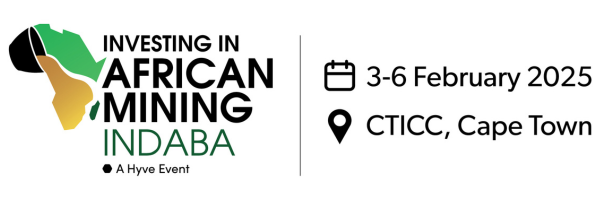


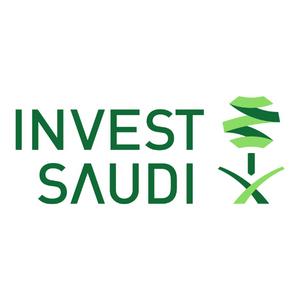

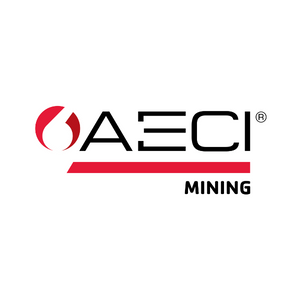
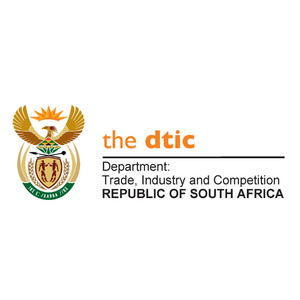

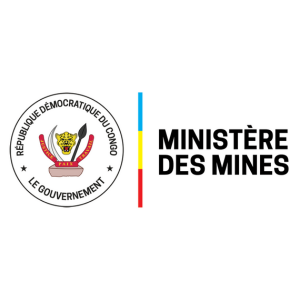

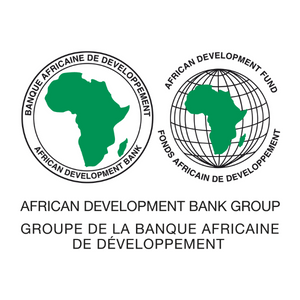
-min.png?ext=.png)

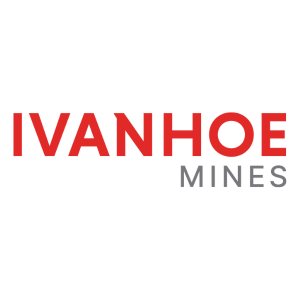
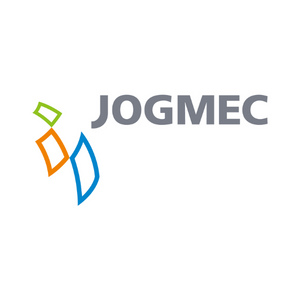

_1.png?ext=.png)


